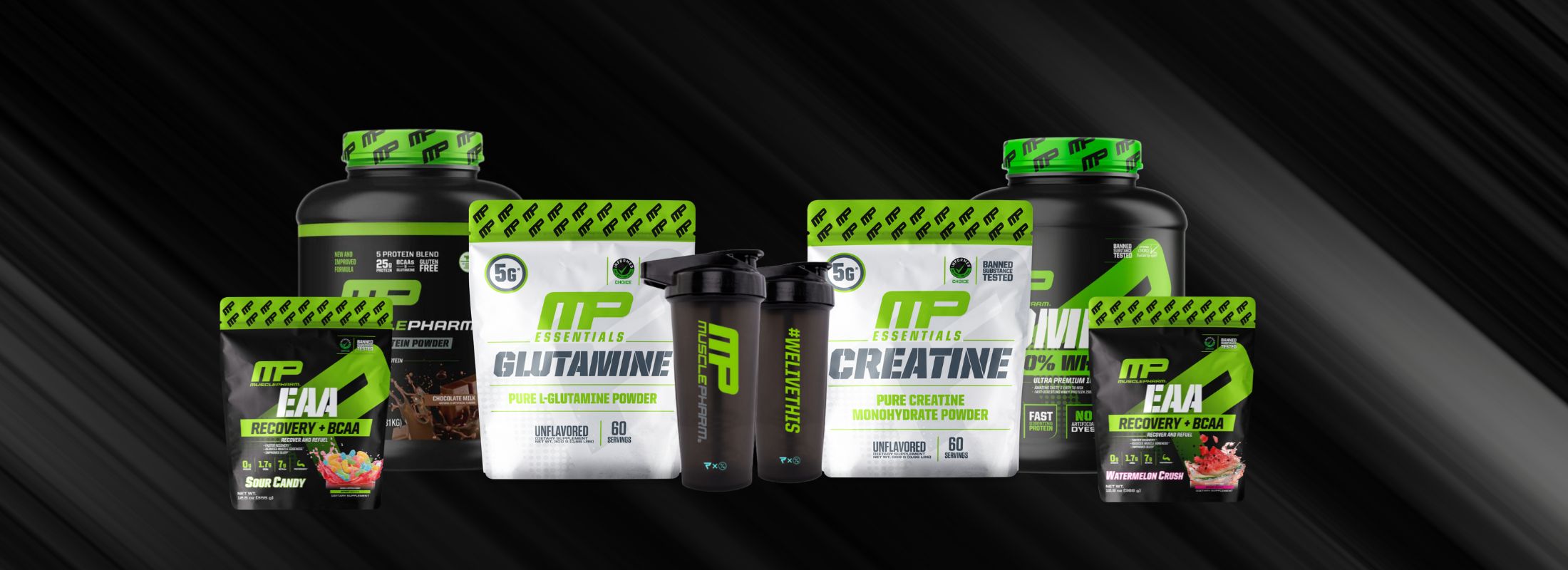Are you feeling stuck in your fitness journey? Hitting a plateau is a common challenge that many athletes and fitness enthusiasts face. Whether you're struggling to increase strength, build muscle, or improve endurance, breaking through a plateau requires strategic planning and perseverance. In this blog post, we'll explore effective strategies to help you overcome training plateaus and achieve your fitness goals.
Identifying the Plateau
The first step in overcoming a training plateau is to identify it. Plateaus can manifest in various ways, such as stagnant progress, lack of motivation, or decreased performance. Pay attention to subtle signs like struggling to lift heavier weights, feeling fatigued during workouts, or experiencing boredom with your routine. Once you recognize that you've hit a plateau, you can take proactive steps to break through it.
Strategies for Breaking Plateaus
-
Change Up Your Routine: One of the most common reasons for hitting a plateau is sticking to the same workout routine for too long. Your body adapts to repetitive stimuli, leading to diminished results over time. Shake things up by introducing new exercises, varying your rep ranges, or trying different training modalities like HIIT or circuit training. By challenging your muscles in new ways, you can stimulate growth and progress.
-
Increase Intensity: To break through a plateau, you may need to ramp up the intensity of your workouts. This could involve lifting heavier weights, increasing the duration or intensity of cardio sessions, or reducing rest periods between sets. By pushing your body outside its comfort zone, you'll trigger physiological adaptations that lead to strength gains and improved performance.
-
Focus on Progressive Overload: Progressive overload is the key principle behind muscle growth and strength gains. To continue making progress, you need to gradually increase the demands placed on your muscles over time. This can be achieved by progressively adding weight to your lifts, increasing the number of reps or sets, or improving your exercise technique. Keep a training log to track your progress and ensure you're consistently challenging yourself.
-
Prioritize Recovery Overtraining: can hinder progress and increase the risk of injury, so it's essential to prioritize recovery. Make sure you're getting enough sleep, fueling your body with nutritious food, and incorporating rest days into your schedule. Active recovery activities like yoga, foam rolling, or light stretching can also help reduce muscle soreness and improve recovery between workouts.
-
Stay Consistent: Consistency is key when it comes to overcoming training plateaus. Stay committed to your fitness routine even when progress feels slow or challenging. Trust the process, and remember that breakthroughs often come after periods of persistence and dedication. Celebrate small victories along the way, and keep your eyes focused on the long-term goals.




